Otherwise, it is called a pseudocoel. 2️⃣ most of the animals are free living, but few are ectoparasites.

Animal Kingdom Classification of Phyla A Learning Family
This means that the blood is contained entirely within the hearts and blood vessels.
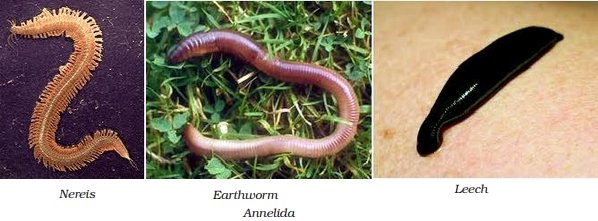
Animals in phylum annelida. The last segment is known as the pygidium, where the anus is. Aulophorus, tree worm, and leech are common annelida examples.triploblastic and bilateral symmetry is common characteristics of annelids. The head region consists of the prostomium (acron), a peristomium, and a pharynx.
Free living animals may be. Sense organs of annelids generally include eyes, taste buds, tactile tentacles, and organs of equilibrium called statocysts. The word annelids is derived from the latin word annellum having meaning “rings”.
Species within phylum annelida have 3 body layers: For more information on annelida, its characteristics, and classification, keep visiting byju’s biology website or download byju’s. Sipuncula (previously a phylum) class machaeridia †.
If it is lined entirely with tissue formed from the middle germ layer (mesoderm), it is called a coelom; Habit and habitat of phylum annelida: Earthworms have specialized cells that create setae on the ventral side of the earthworm.
They are a group of invertebrate animals and are known as roundworms. Annelids have a closed circulatory system. It is a large phylum with over 22,000 living species.
Annelida is derived from latin word ‘anellus’ meaning little ring. The size of the annelids can range from a few millimetres to an amazing three metres in length. Also, doesn't drain into the body cavities.
Among sexually reproducing annelids hermaphrodites are common, but most species have separate sexes. Phylum annelida, a triploblastic animal) and see if you can identify and label the tissue layers. Approximately 16,500 species have been described.
In this particular blog i will be discussing the species in this phylum except for earthworms; Annelids live in terrestrial, marine, and freshwater settings, although the presence of water or humidity in terrestrial areas is critical to their existence. Annelids (phylum annelida) are animals that have a segmented body (metamerized) into parts called somites which internally are composed of the same organs, with the exception of the first and last segment.the first segment of the body is called the prostomium, the head of the animal, with the sensory organs.
Reproduction reproduction is sexual or asexual. The name of the phylum is derived from the latin word annellus, which means a small ring. In conclusion, members of phylum annelida have bodies that are segmented, such as leeches and earthworms.
Metamery is a term used to decribe when the the body segment are placed in groupings to help the animal better perform life functions. The animals included in phylum annelida are earthworm, leech, nereis, etc. Phylum annelida are segmented worms found in marine, terrestrial, and freshwater habitats, but the presence of water or humidity is a critical factor for their survival in terrestrial habitats.
The annelids include earthworms, polychaete worms, and leeches. Annelid, phylum name annelida, also called segmented worm, any member of a phylum of invertebrate animals that are characterized by the possession of a body cavity (or coelom), movable bristles (or setae), and a body divided into segments by transverse rings, or annulations, from which they take their name. Many forms like polygordius, protodrilus secrete sticky substances and remain attached on sand.
Class polychaetae annelida มาจากภาษาละติน (annullus = little ring) แปลว่า วงแหวนหรือปล้อง หมายถึง หนอนปล้อง สัตว์ในไฟลัมแอนเนลิดา มีร่า. Among them, polychaetes constitute about 12,000 species while clitellates contains about 10,000 species. Larger forms like aphrodite, glycera live in mud while slender and smaller forms live in water spaces between sand grains.
They will get a whole blog just about them those special buggers. The representatives of the phylum annelida are known as segmented worms or ringed worms. The earthworms, the leeches, and the bristleworms.
Marine, brackish, freshwater and terrestrial body form elongated wormlike body The annelids / ˈænəlɪdz / ( annelida / əˈnɛlɪdə /, from latin anellus, little ring ), also known as the ringed worms or segmented worms, are a large phylum, with over 22,000 extant species including ragworms, earthworms, and leeches. The class polychaeta comprises bristle worms and is the largest group within the phylum annelida (with over 10,000 species).
Animals that do not have a Segmentation is also called metamerism. Annelids are found worldwide, and inhabit terrestrial, freshwater, and marine ecosystems.
The major groups include earthworms, ragworms. This group will be mentioned by the new taxonomy which is : Annelids are one of the most important creatures.
Like the other annelids, bristle worms are bilaterally symmetrical organisms with a segmented body. The nervous system in this phylum have the ventral nerve cord, which runs down each side of the pharynx. Ziser lecture notes, 2015.10 21 phylum annelida (segmented worms, bristle worms) 15,000 species large successful phylum in water & on land include earthworms, sand worms, bristle worms, clam worms, fan worms, leeches worldwide distribution:
1️⃣ these animals are long , cylindrical and metamerically segmented. The basic annelid form consists of multiple segments. Annelids are also known as ringworms or segmented worms.
Having over 17,000 species, phylum annelida is a large phylum. They exist in various environments including marine waters, fresh waters and also in moist terrestrial areas. The phylum annelida includes three main groups:
There are over 15,000 described species. Asexual reproduction is by fragmentation, budding, or fission. The phylum annelida has a wide range of body shapes.
Setae are found on the. The annelids /ˈænəlɪdz/ (annelida /əˈnɛlɪdə/, from latin anellus, “little ring”), also known as the ringed worms or segmented worms, are a large phylum, with over 22,000 extant species including ragworms, earthworms, and leeches. The coelom is reduced in leeches, and setae are lacking a few.
All members of the group are to some extent segmented, in other words, made up of segments that are formed by subdivisions that partially transect the body cavity. Many animals have a body cavity.
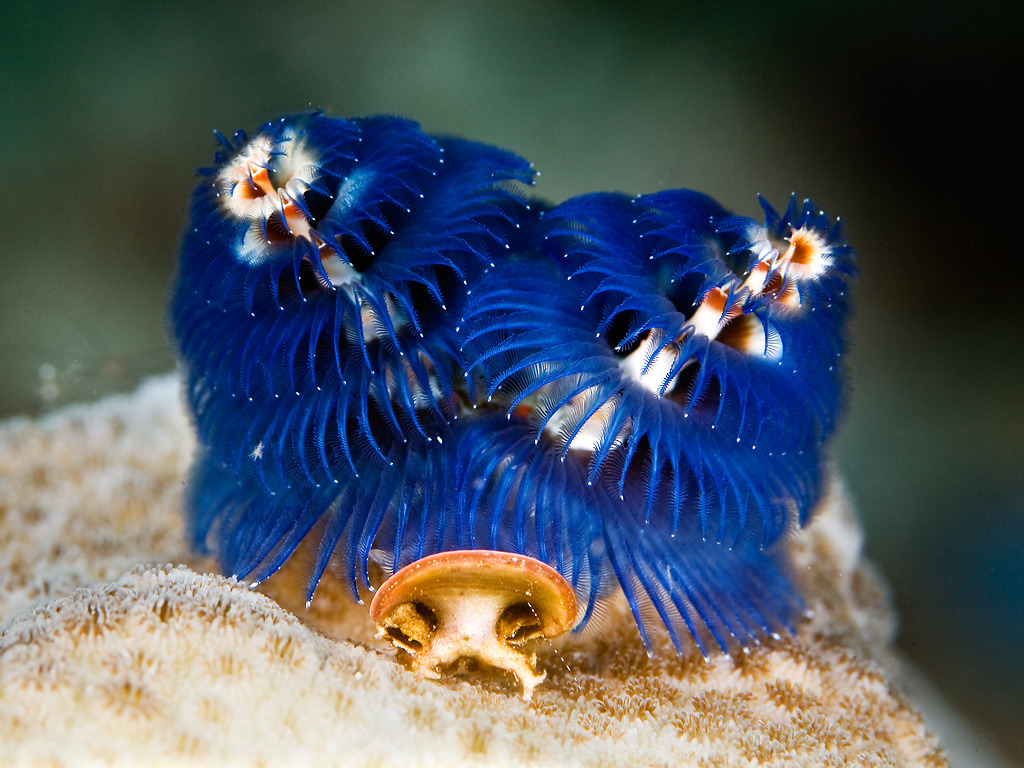
Breathing in Biology — Phylum Annelida Class Polychaeta
What are some common examples of Phylum Annelida? Quora

Critters of the Week invertebrate phyla NIWA
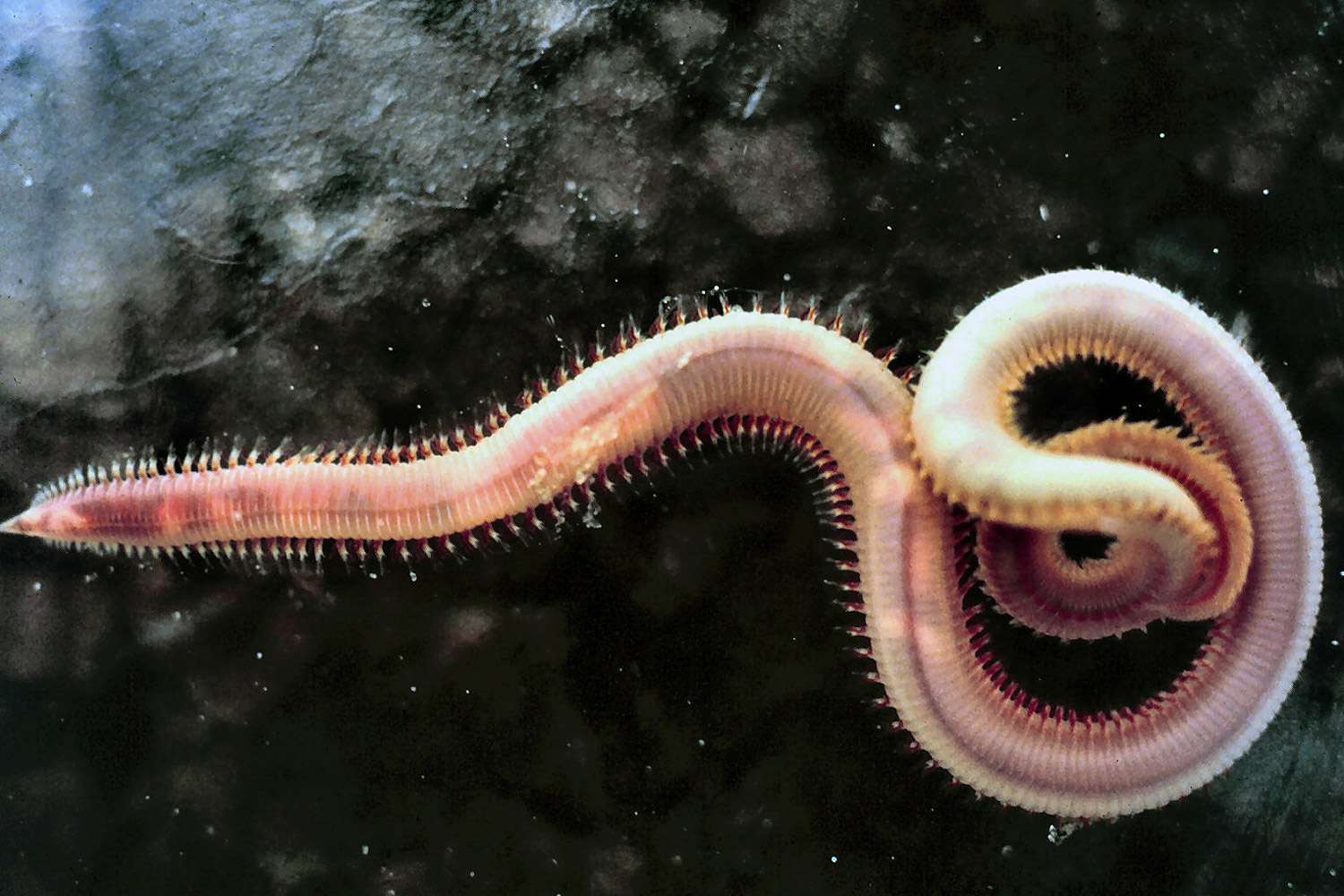
Annelidia Annelids Segmented Worms Animalia
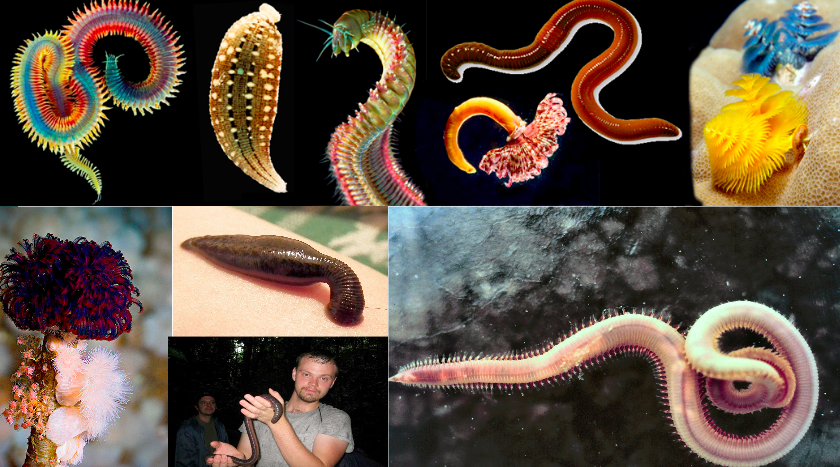
Unit 55 Phylum Annelida The Biology Classroom
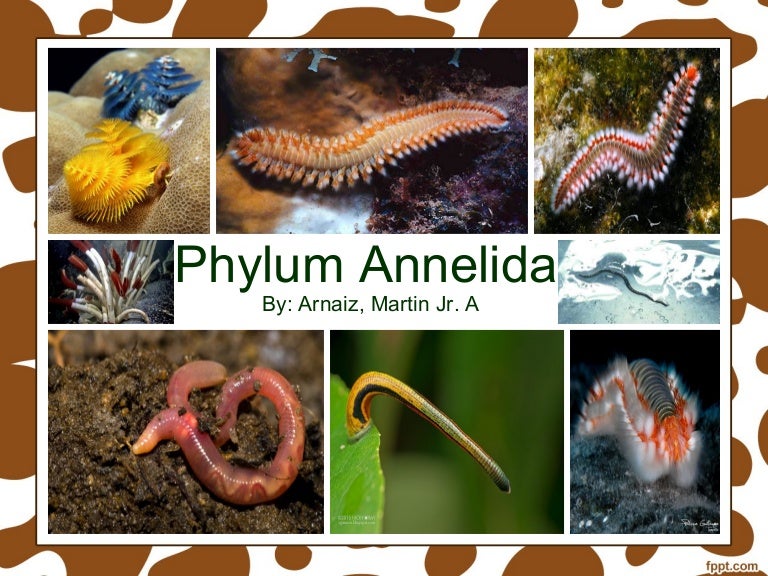
Phylum Annelida Class Polychaeta, Class Oligochaeta

Phylum Annelida General Characters BEARNITHI BLOG

Craniata > Fish > Tetrapoda > Mammalia > Hominidae — neaq
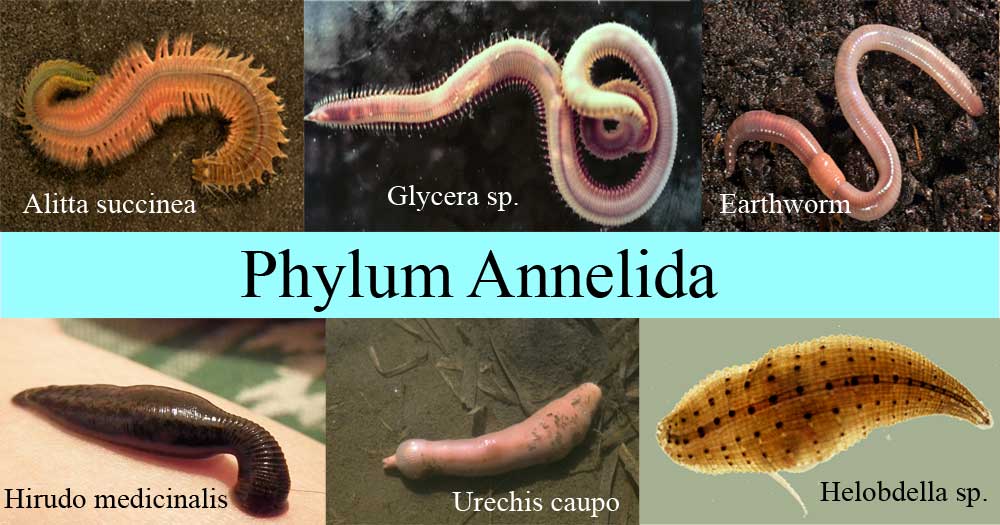
Microbe Notes Online Microbiology and Biology Notes
PHYLUM ANNELIDA ANIMAL CLASSIFICATION PROJECTMAX
Annelids, Invertebrates, Animals, Endangered Animals

Earthworm annelida Earthworms, Animals, Snake

PHYLUM ANNELID Nereis Anelídeo, Anelideos, Marinha japonesa
How can we remember 10 phylum in animal kingdom? Quora

Phylum Annelida Characteristics, Classes & Examples

Characteristic features of phylum Annelida Online

